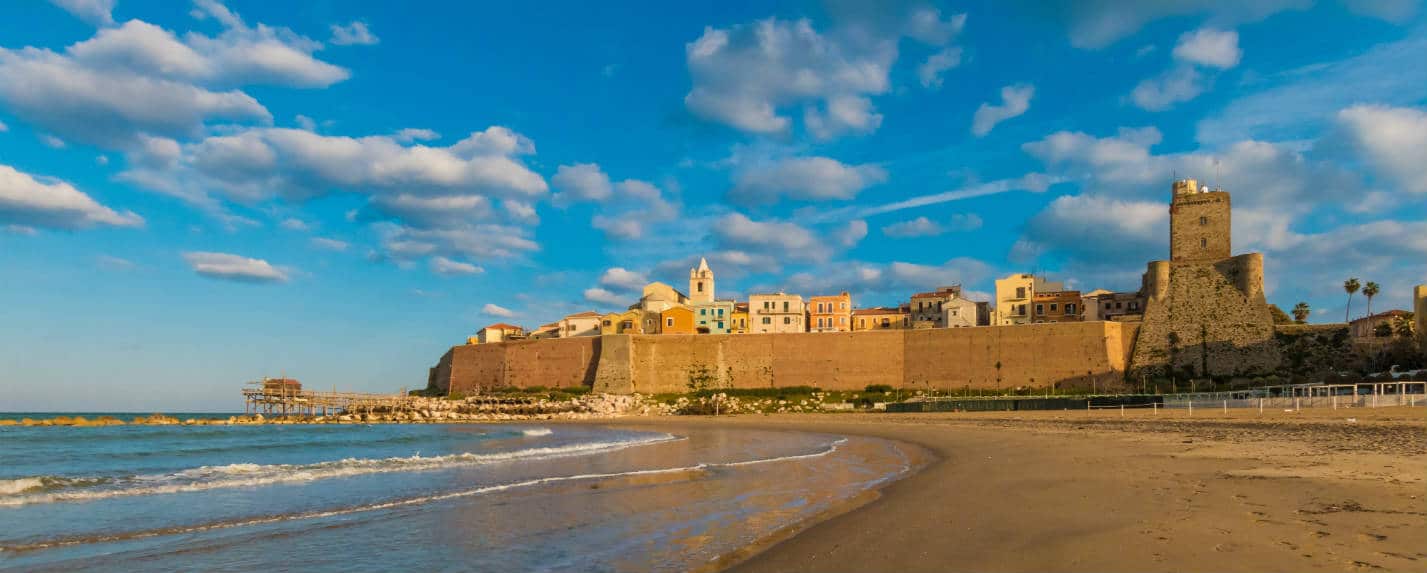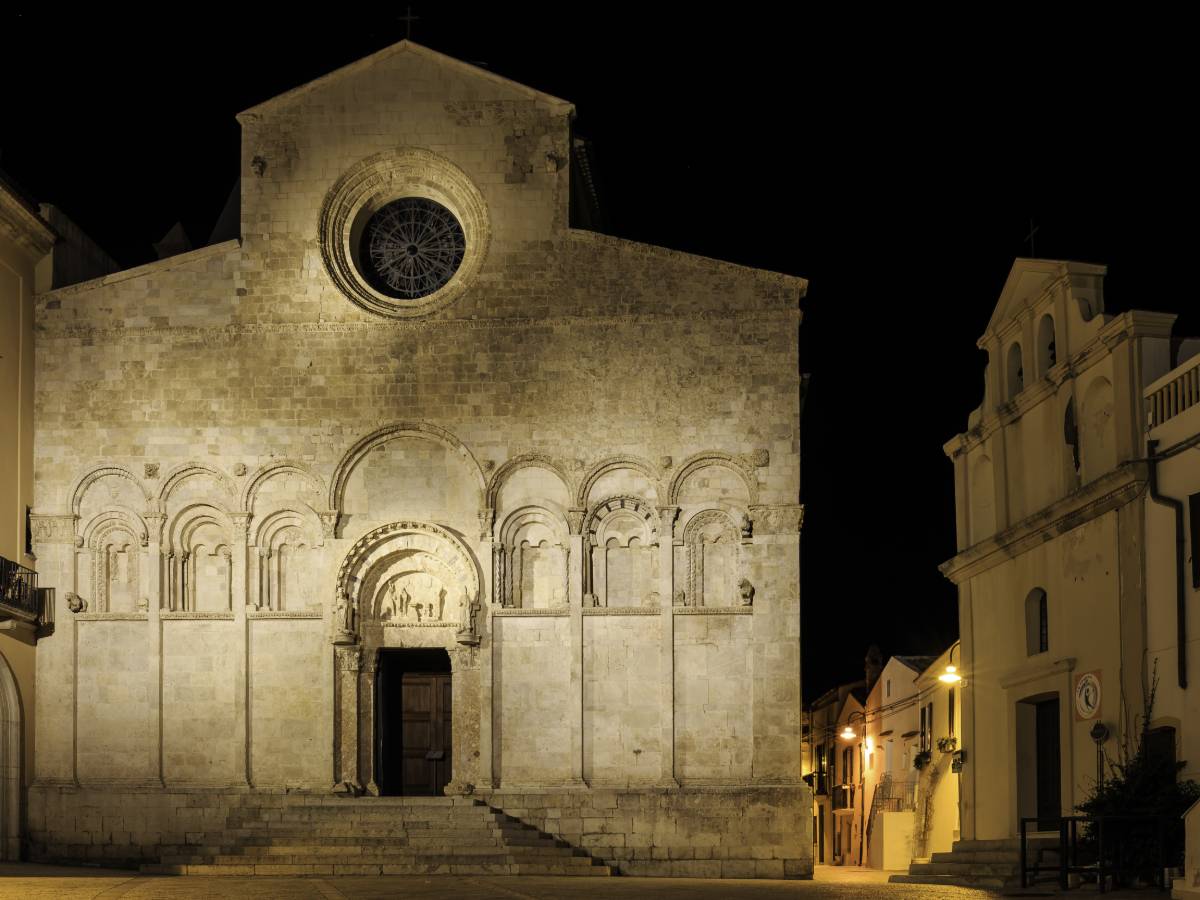It is built on the highest point of the Borgo Vecchio, on the site of the oldest urban settlement, as evidenced by some archaeological finds dating back to the Bronze Age. The first building stands, probably on ruins of an ancient pagan building of which there are no traces. There are, instead, evident traces, such as the tour of the three apses and the floor mosaic, of a religious building pre-existing to the present and former Cathedral, dedicated to St. Mary.
During the sec. XII, two earthquakes seriously compromised the “mosaic”; Church and it was therefore decided to build a new temple. The works of the present construction, attributed to Alfano da Termoli, began towards the end of the century, financed by rich merchants of Ravello. The Cathedral is divided into three naves by cruciform pillars and has a trussed roof in the central nave and cross vaults in the side aisles.Over the centuries the Cathedral suffered natural disasters and looting that devastated it considerably.
In the mid-eighteenth century the interior underwent a baroque transformation from which it was freed in the thirties, when the floor mosaics and the remains of the apses of the pre-existing religious building came to light. Recent restoration work has brought to light other parts of the floor mosaic and a large cemetery area under the sacristy rooms, dating back to the 9th century in the oldest layers. On 31 December 1761 the bones of St. Basso, patron saint of Termoli, were found in the crypt of the Cathedral; while in May 1945 those of St. Timothy, disciple of St. Paul, were found there.
prolocotermoli@libero.it



